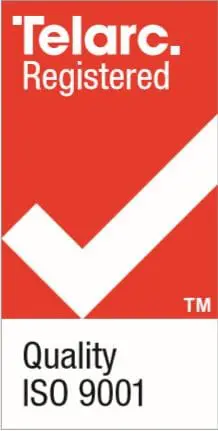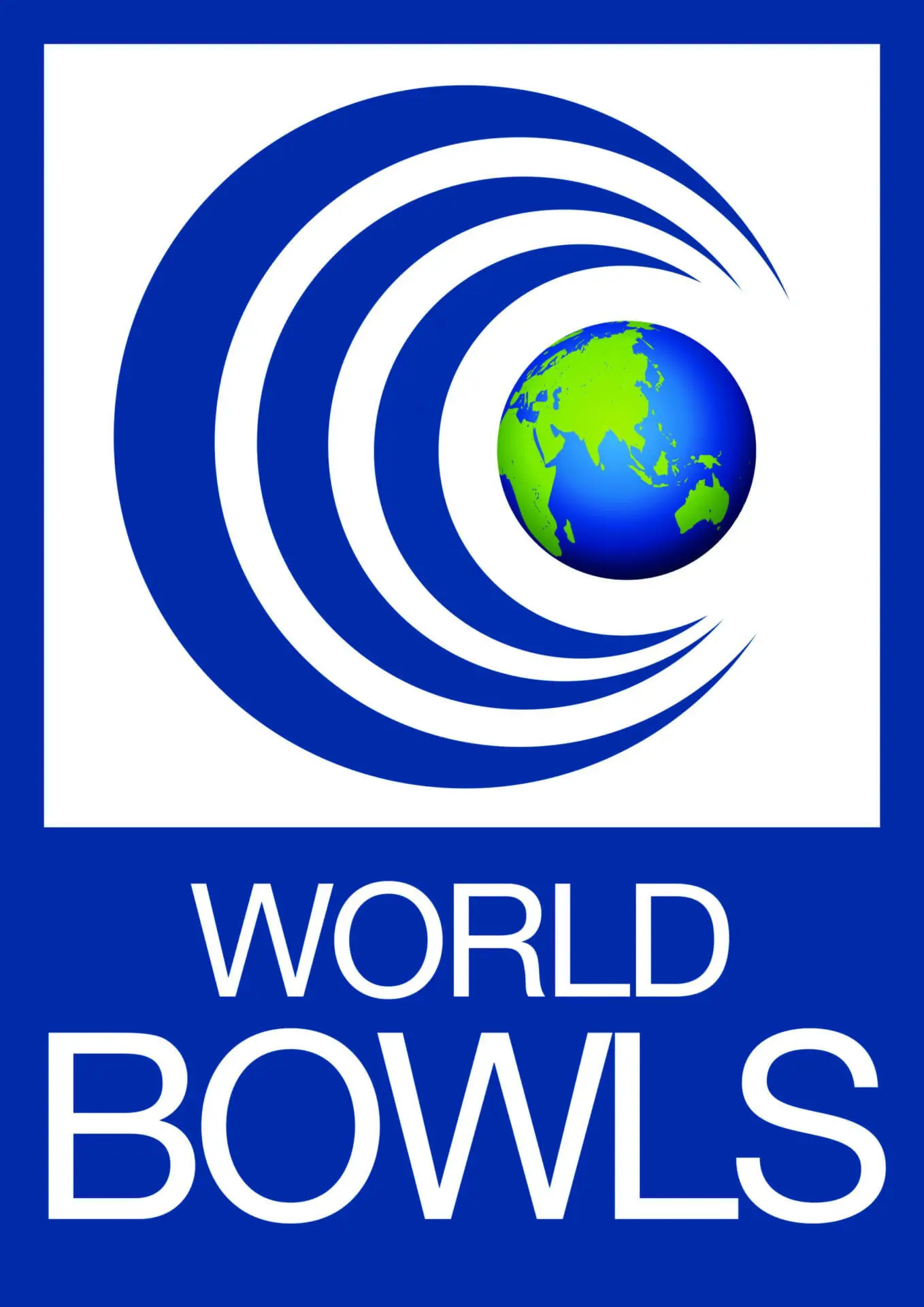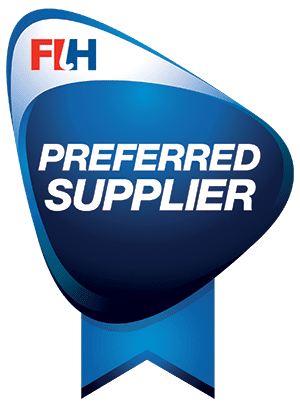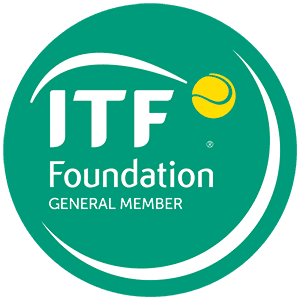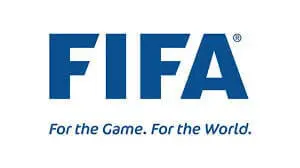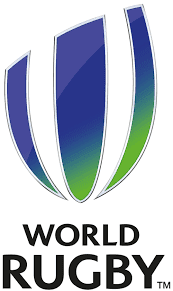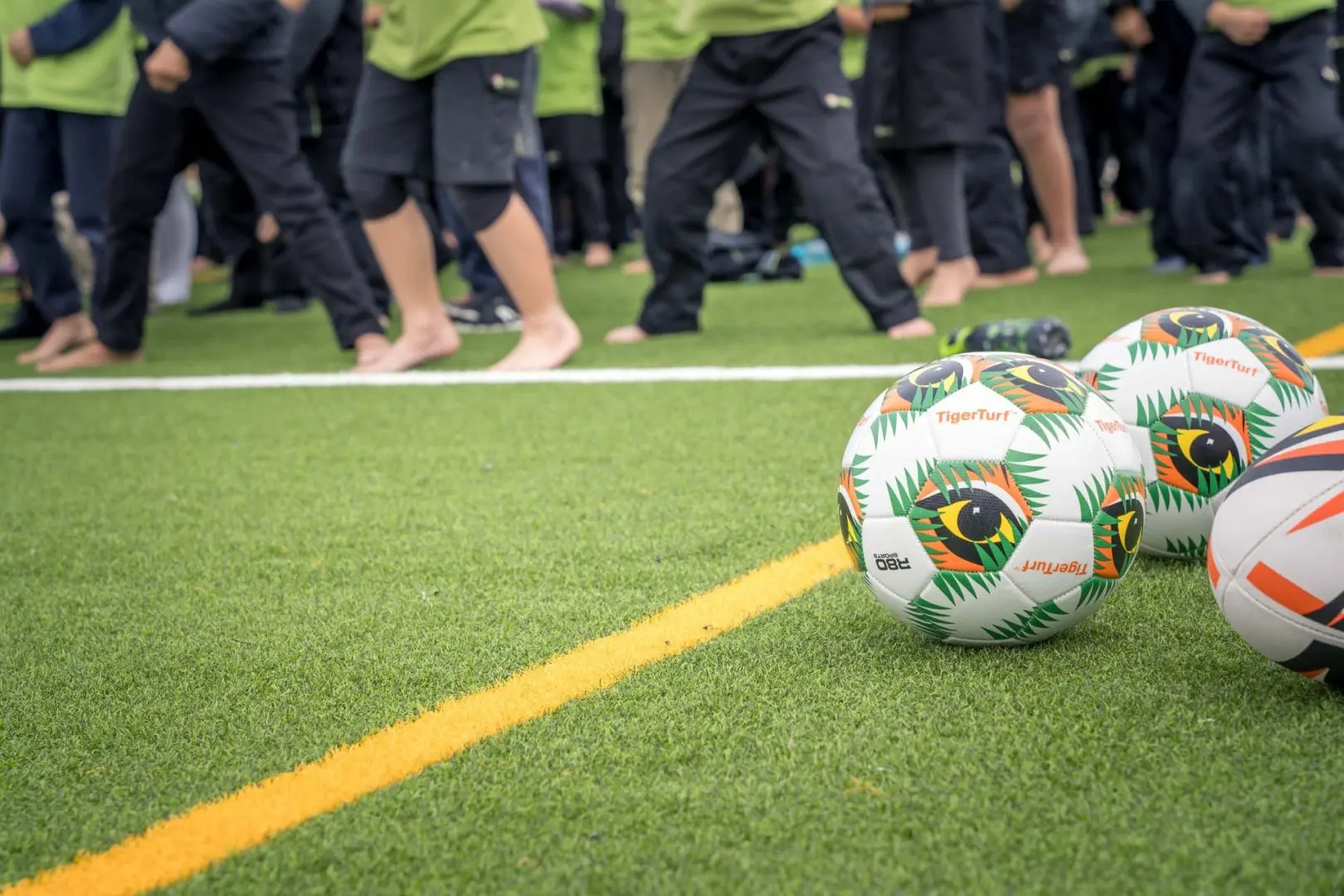
Over the past decade, artificial grass has become an increasingly common sight across sports facilities in New Zealand—from local school fields to regional stadiums. And while natural grass will always have its place in the world of sport, synthetic turf is proving to be more than just a convenient alternative.
So, what’s behind this shift? Why are so many sports codes embracing artificial turf? Let’s take a look at the key reasons—and what it means for players, coaches, and communities alike.
New Zealand’s climate is famously unpredictable. One week it’s dry and dusty, the next, torrential rain. For natural grass, that variability takes a toll—waterlogging, bare patches, mud, and damage from overuse are all common issues.
Artificial grass for sports, on the other hand, isn’t affected in the same way. Whether it’s mid-winter or the height of summer, synthetic surfaces remain usable. That’s a big reason why schools, clubs, and community grounds are making the switch—it helps reduce cancellations and keeps programmes running smoothly year-round.
Natural turf can change week to week—even day to day—depending on weather, wear, and maintenance. One part of the field might be firm, another soft. That kind of inconsistency can affect the quality of training and even increase the risk of injury.
Artificial turf offers a level of surface consistency that many sports simply need. For fast-paced games like hockey or tennis, even a small dip or soft patch can throw off a pass or a bounce. A consistent surface means players can focus on their technique, not the ground beneath their feet.
Keeping natural grass in top shape is no small feat. Mowing, watering, fertilising, pest control, aeration—the list goes on. And that’s not even counting the time and people it takes to get it done.
While artificial turf does require some upkeep (cleaning, grooming, and inspections), it’s generally far less demanding than natural grass. Over time, that reduction in labour and resource use can make a noticeable difference in maintenance budgets, especially for multi-use or high-traffic facilities.
Natural turf needs recovery time. Most grass fields can only handle a certain number of hours of play per week before they start to deteriorate. For busy school grounds or sports clubs, that can mean either rotating fields (if you’re lucky enough to have more than one) or dealing with rapid wear.
Synthetic turf is built for high usage. Some artificial surfaces can handle upwards of 60 hours of activity per week without significant degradation—making them ideal for venues with packed timetables or multiple codes sharing the same space.
One of the more practical advantages of artificial grass is how adaptable it is across different sports. A single surface can be line-marked and configured for everything from football and rugby to hockey, netball, tennis, and even cricket training areas.
That kind of flexibility is especially valuable for schools or community facilities looking to maximise the use of their space. Multi-sport turf systems are designed to accommodate this variety without compromising on performance or safety.
There’s a common assumption that natural grass is the more environmentally friendly option—but the full picture is a little more complex. While artificial turf does involve synthetic materials and manufacturing, it also eliminates the need for watering, fertilisers, and fuel-powered mowers.
Some facilities are now exploring turf systems that incorporate recyclable components or infills made from organic materials. As sustainability continues to be a focus, we’re likely to see more innovation in this space.
Early generations of artificial turf had a reputation for being hard underfoot and causing more injuries. But the technology has come a long way. Today’s systems are designed with shock-absorbing underlays, improved drainage, and infill options that mimic the feel of natural ground.
In sports where speed and traction are critical—like football or rugby—those innovations help reduce the risk of strain injuries, especially when surfaces are kept well maintained.
Artificial grass isn’t a replacement for every scenario—but it’s a practical, high-performing option that meets the demands of modern sport in many ways. With changing weather patterns, tighter maintenance budgets, and growing community participation in sport, it’s easy to see why more facilities are moving in this direction.
If you’re exploring surface options for your sport, school, or club, it’s worth considering how a synthetic system could support your long-term goals—whether that’s reducing downtime, increasing usage hours, or just creating a better playing experience for everyone involved.
